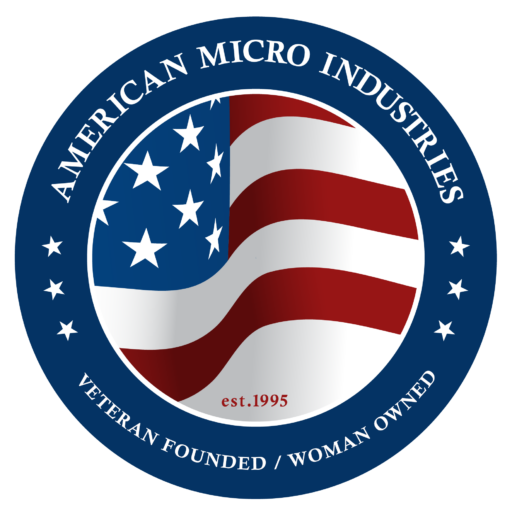

CNC machines have revolutionized every aspect of manufacturing since their humble beginnings in 1959. CNC machines work alongside cutting-edge computer-assisted design (CAD) and computer-aided manufacturing (CAM) software to increase throughput and produce high-quality, repeatable results.
The CNC machining market is estimated to be worth $140.78 billion globally by 2028 as exciting advancements like artificial intelligence (AI) streamline manufacturing in unprecedented ways. Understanding CAD/CAM software types and how they facilitate seamless manufacturing workflows is essential, especially in CNC machining processes.
Software integration in CNC machining enhances manufacturing efficiency, enabling you to machine parts faster, more accurately and precisely.
CAD software allows you to create components based on your project. The design interface facilitates a perfect 3D visualization of all design aspects. You can identify errors and simulate how parts will be machined early in the process, saving time and money. The software also allows you to produce complete parts in the production phase and make geometric changes in your design. It offers features like parametric modeling, defining the relationships between components.
CAM software is a translator that links your CAD design to the CNC machining tools. It generates the instructions to manufacture products and components efficiently, including:
Optimizing your processes with CAD and CAM software reduces production costs from the ground up, streamlining your manufacturing processes and boosting profitability.
In modern manufacturing, facilities must produce higher-quality products faster to stay competitive and meet consumer designs. CAD and CAM facilitate these objectives, streamlining workflows from design to production.
CAD and CAM software facilitates real-time collaboration among multidisciplinary teams. Designers, engineers and manufacturers can share real-time models, specifications and feedback. Having everyone on the same page expedites the design-to-production process. The software automates repetitive tasks, further reducing design and manufacturing time. You can test and refine design iterations virtually, eliminating the need for prototyping.
Using CAD/CAM software also enhances product quality. Engineers can access detailed analyses and simulations, evaluating a product’s performance and behavior before manufacturing begins.
In manufacturing, understanding the CAD to CAM transition is essential. Integrating CAD and CAM software in CNC machining creates an optimized workflow that often follows these steps:
CAD, CAM and CNC work together to streamline manufacturing workflows. Manufacturing was a linear process in the past, with many iterations, roadblocks and defective outcomes. Today, CAD, CAM and CNC create a collaborative manufacturing process, with more efficient and cost-effective iterations occurring early in the processes. They facilitate quality communication throughout manufacturing workflows.
Integrating CAD/CAM software into CNC machining workflows supports design and manufacturing functions. Instead of working from various siloed formats, effective software integration breaks down the barriers between design and manufacturing. Each component speaks a common language. Design and manufacturing engineers can iterate during the development process without time-consuming data manipulation. Manufacturing personnel can create toolpaths alongside design rather than afterward.
Navigating CAD and CAM software has significant benefits for any manufacturing or CNC machining operation, including:
CAD/CAM integration provides significant advantages, but like any technology, it presents certain challenges:
The integration between CAD and CAM is crucial to boost manufacturing efficiency. Any disconnect between the two stages diminishes your return on investment in these technologies. The following strategies can help you address common challenges in CAD to CAM integration:
CAD to CAM integration is an indispensable practice in elevating CNC machining. With the right tools, your organization can evolve in the face of ever-changing technology. For many, the journey with CAD, CAM and CNC begins by working with the right partners. American Micro Industries has a complete manufacturing facility offering reliable custom CNC machining services and materials.
We can manufacture parts to drawing specifications, using high-quality materials and achieving your desired tolerances. Our experience extends across many industries, including aerospace, defense, marine and military. Attention to detail and focus on quality sets us apart as we strive to exceed our customers’ expectations, customizing each piece to your specifications.
Visit our CNC machining page to learn more about how we can help. Alternatively, request a free quote today and experience our expertise firsthand.